Film Struck: What To Watch Before It’s Gone

Based in sunny San Diego, Asher Luberto has only been…
Myself, along with tens of thousands of film connisseurs, were devastated by the striking news that the movie streaming site Film Struck was to close November 29th. The site oozing with classics, arthouse, and indie pictures from the Criterion Collection and Turner Movie Classics was acquired by AT&T, only to announce its end. A heartbreaking evocation of corporate America and the fading affection and populace of the cinephile community.
When I first heard about the site from schmoozing fellow critics, I thought it too good to be true. $99 for a year of the world’s greatest movies dating back to the early 1900’s. That was, of course, before I subscribed. Following a breezy subscription process, my eyes widened and my face lit up as I scrolled through movies I had spent years searching for, now accessible at the click of a button. That was just June of this year – a mere few months after the site initially became popular – and now it seems as if my rosebud was fading faster than Orson could gain weight. Bill Hader with similar feelings commented “It is like a family member died.” Del Toro took initiative into his own hands, starting a petition to save the site, now with over 50,000 signatures!
But there is brighter news. The utopia for film lovers is still out there, pleading to be used by those who appreciate all it did for them. Yes, The Criterion Collection and Turner Movie Classic titles will be bought by another service, but there may never be another site handled with such love and care by those who truly get it, and got me. So for those on the same boat, don’t go down mourning just yet! Here are a few films to brighten your day. A number of which are my favorites, many of which will be hard to find prior to close, and all of which will remind you why you fell in love with Film Struck in the first place.
La Dolce Vita – Federico Fellini
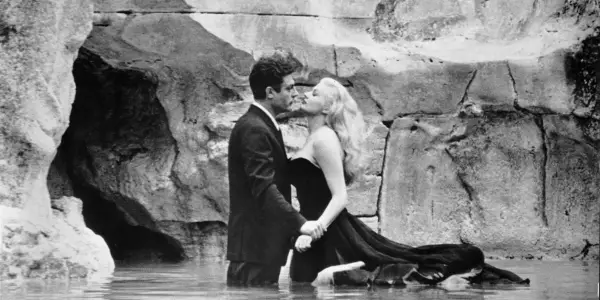
I suppose it is only fitting to start with my favorite film of all time. The most beloved of all Federico Fellini, and the one closest to my heart; a stirring, restless, and utterly intoxicating look into the directors alter ego, and in a sense, the alter ego of all men. Its sweeping dreamlike sequences through deserted Italian streets and landmarks make for a stark contrast to the bottled look at life’s foreboding temptation.
On the same token, it blends Neorealism, Felliniesque energy and ambiguity, and by degrees, that love for the human spirit only this director could fully understand. Ironically titled in English “The Sweet Life”, there still remains an unparalleled beauty not just in the images but in the story. It would go on to influence countless of our favorites today, but more importantly, all who give this one a shot. Just as it coined the term “paparazzi”, La Dolce Vita follows you wherever you go!
A Day In the Country – Jean Renoir
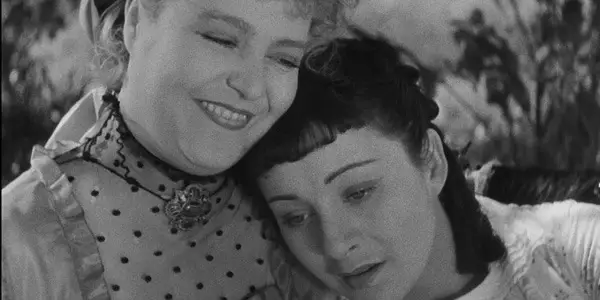
One of the most beautiful and poetic of all films, this Jean Renoir work runs at just 40-minutes, and is an obscure title you will want to seek out before it is gone. This is as close as he would come to achieving his father’s painting facet. As each frame ebbs and flows like the back-country breezes and rivers in which the alluring characters flirt about and for a plot that centers a common picnic, you will be mystified by just how much action is taking place.
If there ever was something to genuinely capture love lost but not escaped than this would be it. Along with a wit and adventure that feels as freeing as the transporting setting, I would be hard pressed to find a more lively work of art.
Citizen Kane – Orson Welles
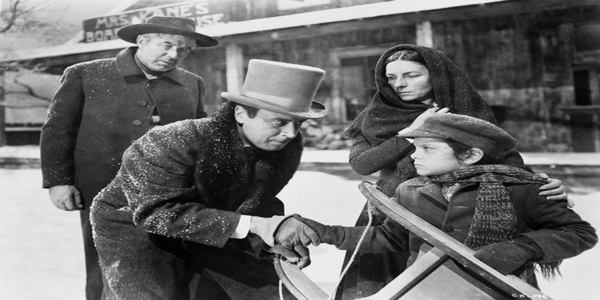
Yeah, yeah, you have undoubtedly seen it, but that doesn’t mean I can’t re-recommend the widely considered greatest film of all time. The rosebud for all films that would follow, Orson Welles‘ 1941 masterpiece invented a new cinematic language. And for nothing else, just rewatch it to see how much the labels on Cineplex signs owe to it. Other less known Welles‘ films worth checking out on the site are Chimes at Midnight, Othello, and The Magnificent Ambersons.
Sherlock Jr. – Buster Keaton
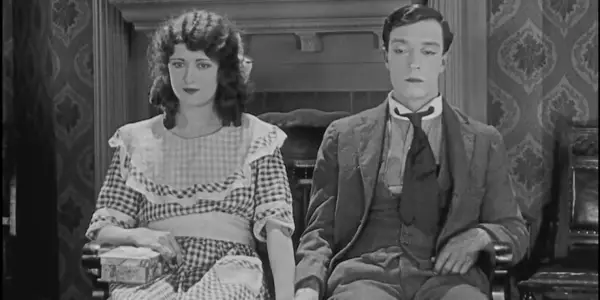
The general of silent comedy was Buster Keaton. Now, you may bring up Chaplin, who may have been the better filmmaker, but Keaton’s audacious genius blended intellectual and physical comedy prior to Chaplin. So when City Lights was released, he was merely gilding the Lily (Much of Chaplin’s artistry is still available on the site as well). In Sherlock Jr. Keaton’s virtuous hero attempts to juggle being a theater projectionist, a detective, and getting the girl in one of his greatest technical and technically moving features.
Running at 45-minutes, you will laugh with your jaw dropped as the greatest stuntman in history (Keaton) embarks on a seven minute bike chase as he rides on the handlebars, evading traffic and gangsters without so much as a blink. And while he is at it, you might not blink either. Please, seek this one out.
Withnail and I – Bruce Robinson
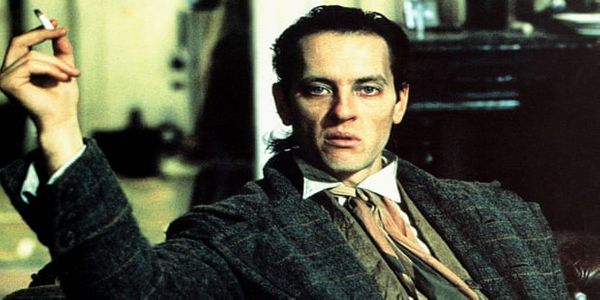
I have yet to see this one, but from what I have heard, once FilmStruck is down, it will go back to only being available in the U.K. In other words, after this writer concludes this article, he, and hopefully you, will be giving this black comedy a watch.
Floating Clouds – Mikio Naruse
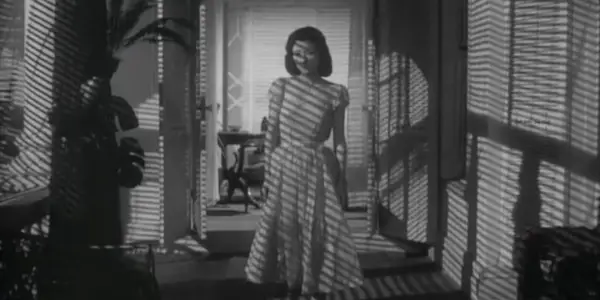
Another film I have yet to watch, Floating Clouds is a well kept Japanese gem that has been praised by critics as Mikio Naruse’s most valuable work. Consequentially, this post war drama following Tokyo’s yearning for existence now will have to search for Western existence. As Filmstruck comes to an end, so will its availability in the states.
Tokyo Story – Yasujirô Ozo
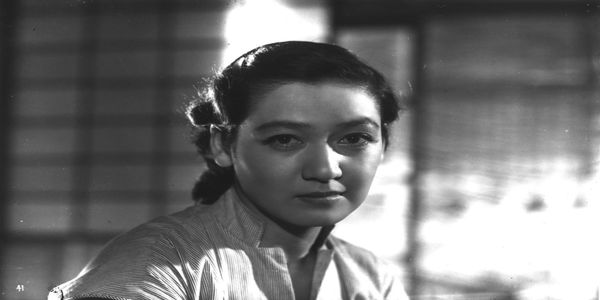
It is difficult to pick just one film by the master of humanity Yasujirô Ozu, but his most accessible, and perhaps his most moving, will have to do. Undoubtedly one of cinemas crowning achievements, no movie has understood human nature with such alleviating clarity. To call it a family drama would be doing it a disservice – since it transcends genre.
As Ozu’s unbiased observations on family dynamics, Eastern industrialization, and nature are told with such subtlety that it has the viewer believe they were watching life unfold before their very eyes. Perhaps the greatest film of all time (ranked only behind Vertigo and Citizen Kane on Sight and Sounds poll), this is as life changing as an experience you may have sitting in front of a screen at home. You may have heard of it from its famous “life is disappointing” line, but don’t get it twisted, the movie itself never disappoints.
The Man with the Movie Camera – Dziga Vertov
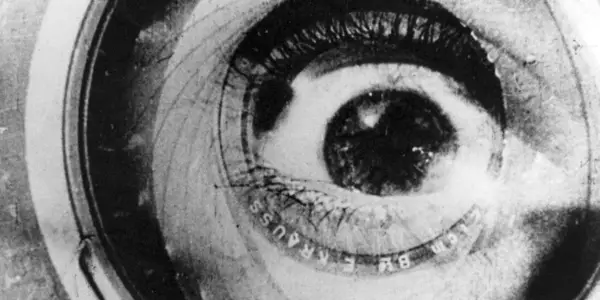
One of the greatest features of the silent era was without a protagonist and narrative structure; but not without the cinematic splendor that only this medium can fulfill. Dziga Vertov’s fulfilling documentary illustrates Moscow in the course of a day. This is as integral as movies come, relying on free-flowing images and visual magic to keep an audience relentlessly entertained.
Whether it is a class critique or not is beside the point. Since the experimental, avant garde effects are still magnificent in 2018. Believe it or not, there was a time when there wasn’t CGI, when cameramen wandered the streets hoping to discover the next great trick – this is what the movie is about. Unfortunately for the other directors at the time, Vertov had seemed to found them all. The only downside of The Man with the Movie Camera is that it must have put every last magician out of work in the late 20’s.
A Star is Born (1937, 1954, 1976)
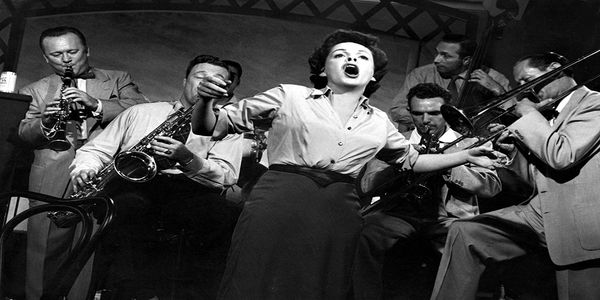
Odds are you recently saw Cooper and Gaga take the stage for A Star is Born, but this calamitous tale of ascending/descending stars is almost as old as the movies themselves. FilmStruck carries all three versions. Just so fans can give these glorious features one last look.
Battle of Algiers – Gillo Pontecorvo
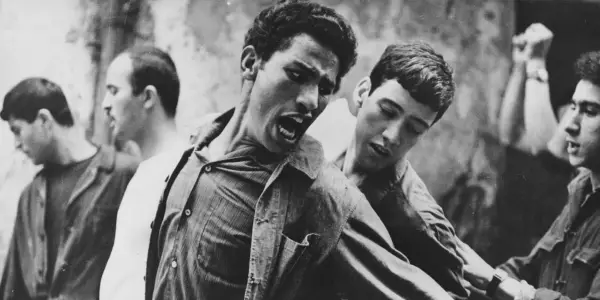
If you haven’t gotten around to seeing this unyielding politically charged war account coalescing France’s uprising for independence, then you haven’t seen one of the greatest depictions of war ever caught on camera. With an urgency and tension that would make Saving Private Ryan play like a lullaby, Gillo Pontecorvo’s fatidic reenactment of guerrilla warfare would be shown in the Pentagon in 2003 for strategy. Even if it played in theaters for entertainment.
By the end I thought I had watched the greatest documentary ever, only to find that this urgent document was merely a facsimile of facts. One that does what every great piece of art manages to pull off, which is to show not tell. On that note, what Gillo brought to the class in the 60’s deserves nothing less than an A.
Great Expectations – David Lean
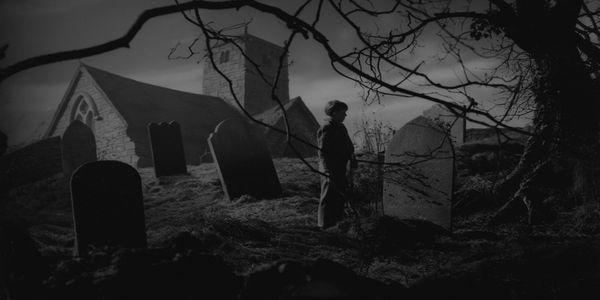
David Lean managed the seemingly impossible, he did Dickens better than Dickens. On that token, this pleasantly Gothic fable is as moving as its spellbinding moving images. Pip may love the ambiguous girl without reason, but Lean gives us numerous reasons to love Pip. An adorable boy with a mysterious inheritance, we are kept on our heels until the, forgive me, cop out of an ending. Your expectations may now be high, but I assure you, they will be met.
The Player – Robert Altman
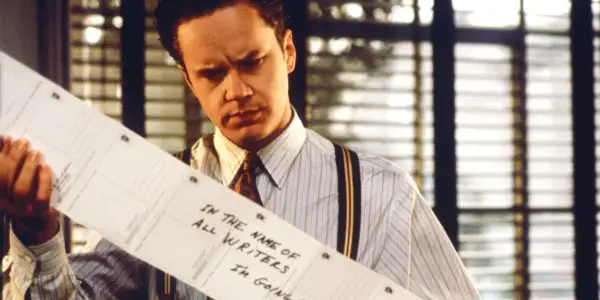
Robert Altman has been known not to stick to the script. He was notorious in Hollywood for being a bit of a “bad boy”. So when he made his comeback with The Player, who better to release his virulent satire on than Hollywood itself. Sporting on its resume: the greatest opening scene ever(an eight minute unbroken take), the most delightful form of reflexivity ever seen in film, one of the best films of the 90’s–or ever, and perhaps the most notable, the first film I saw on FilmStruck.
It is no wonder it is hailed as Altman’s sans pareil. It really is as witty as they come, and its showing of showbiz comes with delightfully twisted laughs, even if it couldn’t help but leave Bruce Willis in the movie.
Fanny and Alexander – Ingmar Bergman

If you have five and a half hours to spare, there may be no better way to spend an afternoon then in this fantastical, mesmerizing, and haunting tale that is reminiscent of the larger than life memories we recall from childhood. Directed by Swedish master Ingmar Bergman, we follow two charming and headstrong children as they tiptoe around the labyrinth that is the hard-knocks Lutheran life. Trust me, the payoff of this capricious psychodrama is well worth your time.
Its elegant splashes of blood reds and snowy whites creating a visceral visual harmony with the characters, which proves to be almost as moving as the Chopin and Schumann score that tugs at the heartstrings. Good luck finding a director who can tackle themes and variations of life, death, religion, and relation with such panache. Only a director with such age and experience can capture the cries and whispers that flutter through the mind of a child, and only Bergman can conduct such a symphony of sympathy.
A Canterbury Tale – Michael Powell and Emeric Pressburger
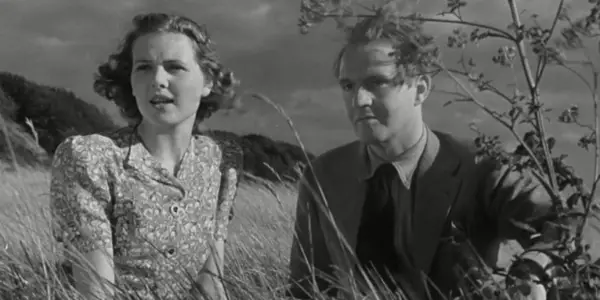
Most people when they think of film escapism bring up Lord of the Rings or To Catch a Thief, but when it comes to getting lost on screen, I think of Michael Powell and Emeric Pressburger’s wonderfully mysterious and utterly captivating A Canterbury Tale.
Based on a lyrical Chaucer poem, this movie is nearly impossible to summarize, so all I can do, really, is recommend a viewing. Sprawling with metaphoric and poetic images of calming beauty, this may be the ideal film for therapy. It is magical realism at its very best. A parade that welcome’s the end of the old English ways, an exultation for Britain, as it is no longer glued to the spot.
Singin’ in the Rain – Stanley Donen and Gene Kelly
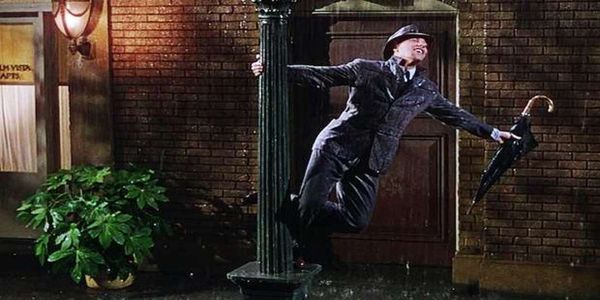
There is no defense against Singin’ in the Rain, the greatest of all musicals. And who would I be if I were to not add this to the list? A damn fool, that’s what I’d be! “You have seen them once, you have seen them all” was a general consensus behind musicals at the time of release. If that were to be the case, I would be perfectly content with watching this one for the rest of my life. It never ceases to make em laugh.
Alphaville – Jean-Luc Godard
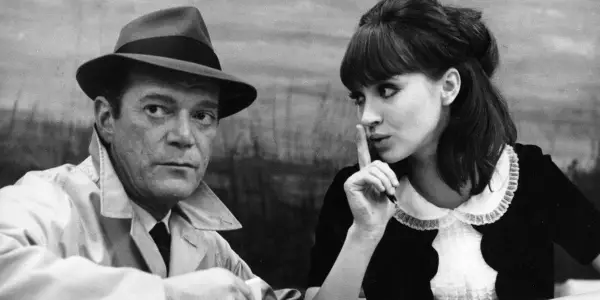
Arguably the most politically relevant of the bunch, Jean-Luc Godard‘s sci-fi think-piece is as positively outre as it is lovable. The plot pins a caricature detective against a Fascist robot with a proto-Siri voice command, as it takes staggering command of the “futuristic” city.(The city is made up of contemporary Paris infrastructures). Philosophically, if not prophetically, this black and white Orwellian city filled with cognate individuals being brainwashed to be a cog in the machine becomes remarkably closer to today’s digital age everyday. The day may come when these images come to fruition, but Godard’s beaming Pop-Art snapshot of the inevitable happens to be a selfie for every era to love.
The Discreet Charm of the Bourgeoisie – Luis Buñuel
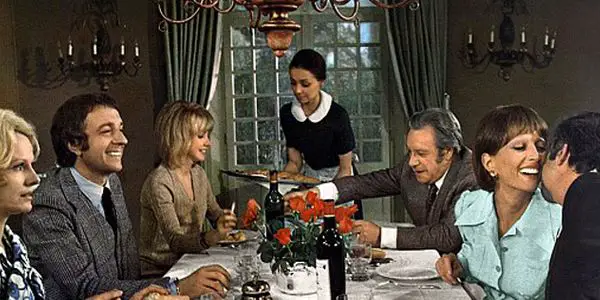
The face of the surrealist movement, Luis Buñuel gave the world a comedic chef d’oeuvre in 1972. A comedy of manners that turns four-course-meals into a sadistic satire following a couple well-bred families trying to eat, well, bread. They don’t of course. As this perturbing satire delights in having its audience peek into a world of extravagant wealth, only to find an emptiness in the upper-class conventions. As brilliant as on-film Marxist critiques can get, Buñuel calls bullshit on life being a comedy for the rich and a tragedy for the poor. This wonderfully provocative allegory argues that it is the well-heeled haughty bourgeoisie who are going nowhere in life. Consequentially, this makes for a priceless experience.
Rossellini’s War Trilogy
For my money the greatest trilogy of all time(and I am willing to take wagers), FilmStruck carries all three master works that kicked off the Italian Neorealist Movement, as well as modern cinema as we know it today. These realistic stories fused the universal truths of wartime adversity and communal hope with unparalleled success. You will laugh, you will cry, and you will be tremendously transformed by what Scorsese calls “a spiritual rehabilitation of an entire culture.” Hence why Rome, Open City, Paisan, and Germany Year Zero are three of his favorite movies, and also happen to be three of mine. All of which have been sharply restored by the Criterion Collection so its power can be made all the more visible today.
Gimme Shelter – Albert Maysles, David Maysles and Charlotte Zwerin

Gimme Shelter(1970) – source: 20th Century Fox
What many consider to be the greatest documentary of all time, Gimme Shelter follows the Rolling Stone’s and their music and paraphernalia hooked fans at the deleterious concert that was Altamont. As the restless cinematography boasts as much energy and swagger as Mick Jagger, this violent night seems all to real. It was. But there is something indescribably enchanting about its direct cinema approach. As we tune into the 60’s turn 70’s, we see the flowery peace end as the Hell’s Angels beat fans senseless. Only this time, there is no sympathy for the devil.
Beau Travail – Claire Denis
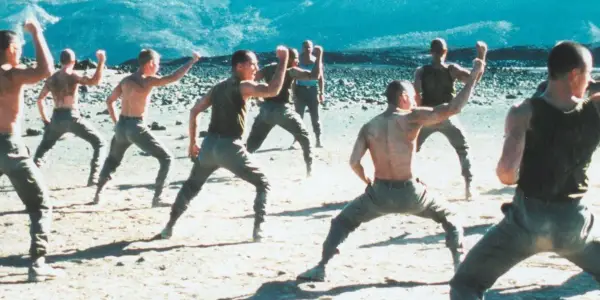
Probably the most clothed film on this list also happens to be the most recent(1999). But sometimes not everyone sees beauty. Which is why FilmStruck and a list like this are so important. Claire Denis’ asomatous poem is a reflection of the unclear mirage that is male machismo. But her motives remain as lucid as the endless turquoise skies and seas where these French Soldiers train. A tale of two soldiers who find life in their work, training at the edge of the African coast, become envious of each others talent. Deeply personal, visually sumptuous, this is one of those rare films that makes you look past its grit, as you let it dance its way into your heart.
Au Hasard Balthazar – Robert Bresson
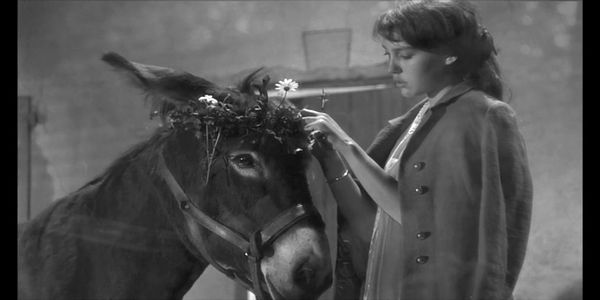
At the risk of making an ass of myself, what if I told you the most relatable character to ever grace the silver screen was a donkey. As pure and transcendent as a picture can be, this religious allegory by Robert Bresson is as touching as anything I have ever seen. After all, this is Bresson living up to his reputation as cinemas most realized director. And it wasn’t until I experienced this, did I realize the power of film. What with Bresson presenting something so profound, that each viewer gets something different out of it. But I think anyone who has had the pleasure of watching this cathartic tale of human suffering can all come to an unanimous consensus that having already made one reach into the inner depths of their own soul, when Schubert’s Sonata comes on to our hero taking his rest, the perfect mix of joy and sadness hits the viewer as if to remind them that they have just seen the perfect movie.
Some Like it Hot – Billy Wilder
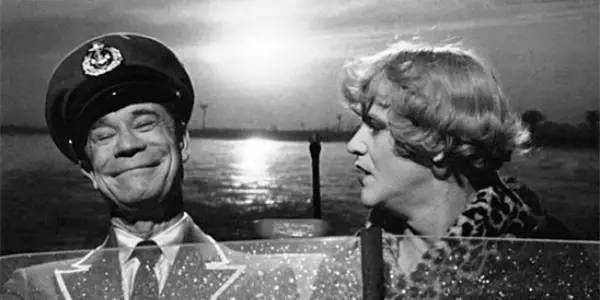
Considering many of my picks have bordered depressing, I thought I would throw in one of my favorite comedies! Billy Wilder’s flawless screwball ends with “nobodies perfect”, that is, only after we have sat through foolproof comedy. The fools of the story are a couple musicians running from the mob, disguised as woman.
Going by at lightning pace; the low-ball mixed with high brow humor is unstoppably upward as the cat and mouse chase takes our characters doggedly downward.(They end up in Florida). And yet it somehow remains sexy. With a little help from a gorgeous Marilyn Monroe, and a lot of help from wicked smart one-liners that can still be heard today. It is safe to say all like it hot.
Marketa Lazerova – Frantisek Vlacil
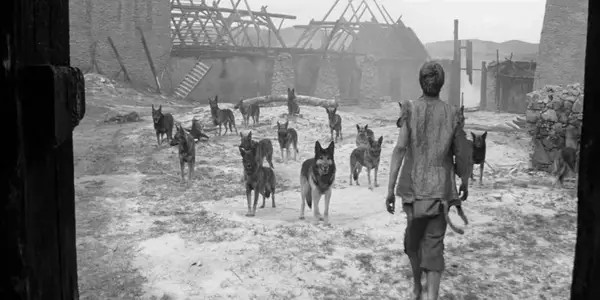
This is one savage film. And not in the slang sense. The greatest of Czech films, this raw Middle Age epic revels in art-house ambition. I am not too familiar with the historical context, but it is made clear that the tribes–one christian, one pagan– bask in the symbolism seen through the battles in the stinging cold of winter. Frantisek Vlacil’s three hour animalistic journey benefits from a convincing atmosphere that will make a viewer squirm and shiver at the startling images.
It is too, a perverse critique of Czech in the 60’s, which ultimately left this marvelous work out in the cold, unseen by most. Some may argue for good reason. The faint of heart may not take kindly to this rapturous event that seems all too similar to biblical revelation. Here, we watch a virginal lamb sent to the slaughter, as the lonely girl, like Czech, was a sheep without a shepherd. But it’s the lucky few who have seen this masterpiece that are the ones to really get lost in the movie.
Jules and Jim – François Truffaut
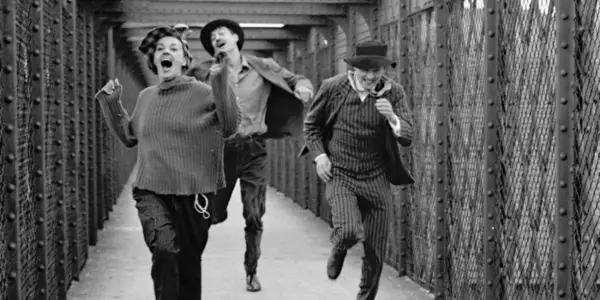
When discussing the French New Wave, titles such as Breathless or The 400 Blows(both on FilmStruck) are bound to come up, but it isn’t often enough that François Truffaut‘s Jules and Jim makes its way into the conversation. This sublime and cozy adventure through the dreamy countryside follows two best friends quest to woo the dream girl. And can you blame them? Catherine, like the movie, is graceful and ageless. And though we know this trio-relationship will never work, we wish dearly that it would. Not that it matters, really, because Truffaut knows life isn’t without mischance.
By synthesizing the trademarks of the New Wave, there is a certain energy and life that springs off the screen like the springtime countryside. While in the midst reminding us the consequences of love and freedom. Ironically it is through freedom that this director, or rather, auteur, was able to put together a film so full of life. One that I come back to from time to time to escape life itself. Each time reminding myself why I fell in love with movies in the first place.
Andrei Rublev – Andrei Tarkovsky
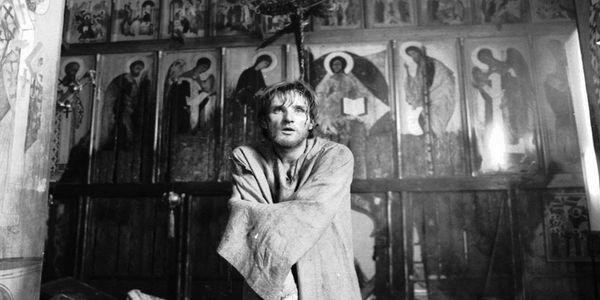
Andrei Tarkovsky, or as he is known around my house “the greatest director ever”, put together the greatest epic I have yet to see in 1973. No, I didn’t forget about Lean, Griffith, Kurosawa, Wyler, Coppola, Jackson, etc… this is a dumbfounding feat that lays all others to rest. Paralleling Tarkovsky’s own struggles as an artist, the film follows a 15th century Icon painter/monk who was a national hero but was condemned by Russia for being too critical.
Like the painter, the director made poetic and spiritual art that could only be understood if pondered. Each image a painting, each story giving the viewer a mirror to see themselves, as well as a commentary on important topics like society, art, religion, life, death, love, and faith. Profoundly vast in scale, it still remains remarkably intimate. So when Rublev’s paintings are finally shown at the climax, we see the subjects breathtaking detail, but the directors groundbreaking achievement. Andrei Rublev had a crisis of faith to paint in a Godless world, Andrei Tarkovsky struggled to show his work to a world that wouldn’t accept his films. But the best art always prevails. These two were saved by the bell.
Which of these movies have you seen? What films did you enjoy watching most with FilmStruck? Let us know in the comments below!
Does content like this matter to you?
Become a Member and support film journalism. Unlock access to all of Film Inquiry`s great articles. Join a community of like-minded readers who are passionate about cinema - get access to our private members Network, give back to independent filmmakers, and more.
Based in sunny San Diego, Asher Luberto has only been writing film criticism for a short time, but has reviews published for The Entertainer, FOX, NBC, and Screen Anarchy. Though his time as a critic has just begun, his love for movies dates back as far as he can remember. He also is a firm believer that Andrei Tarkovsky is the greatest Director of all time. And as of now, no one could convince him otherwise.













